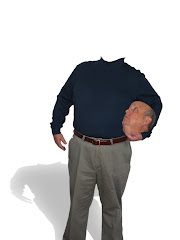I challenge you to do it sometime -- I think you will be astounded.
If you would like to explore all the chords, take a look at All The Chords In The Whole Wide World.
Free piano lessons online covering piano chords, chord progressions, music theory, transposition, modulation, improvisation, sheet music lessons.
